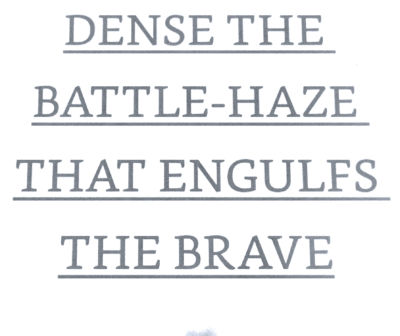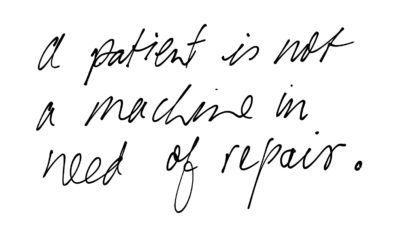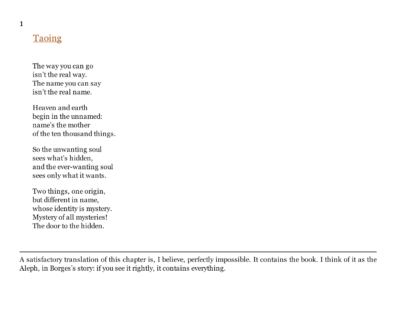
http://inthemessy.com/tag/advent/
“We cannot live for ourselves alone. Our lives are connected by a thousand invisible threads, and along these sympathetic fibers, our actions run as causes and return to us as results.”
The space between is invisible – we can only talk about it in metaphor e.g. “broken heart”, “bound together”, “muddy path” and here as “sympathetic fibers”. Not only do we use metaphor, we can use images and symbold – rings, hearts. And in psychodrama we have the simple act of concretisation: place people or objects at a distance to show where they are in your life. Distance becomes visible and conveys meaning.
The quote above from https://www.goodreads.com/author/show/3500800.Henry_Melvill (not the Moby Dick man) seems to be saying that our actions can live after us and multiply. Then come back as karma. And then impact everyone. Be careful what you say and do it can reverberate into the future.
I think of this as Moreno’s sociometric matrix. Sympathetic is a nice word there with its roots in symphony – all the parts of the network working together.
The network of course is a physical metaphor for something unseen, the space.
__________________________________________________
Background
http://melvilliana.blogspot.co.nz/2011/09/finest-thing-herman-melville-never-said.html

__________________________________________________
Lenin used the concept often
https://www.marxists.org/archive/lenin/works/1917/7thconf/24c.htm
All humanity is thrown into a tangled bloody heap from which no nation can extricate itself on its own. Though there are more and less advanced countries, this war has bound them all together by so many threads that escape from this tangle for any single country acting on its own is inconceivable.







